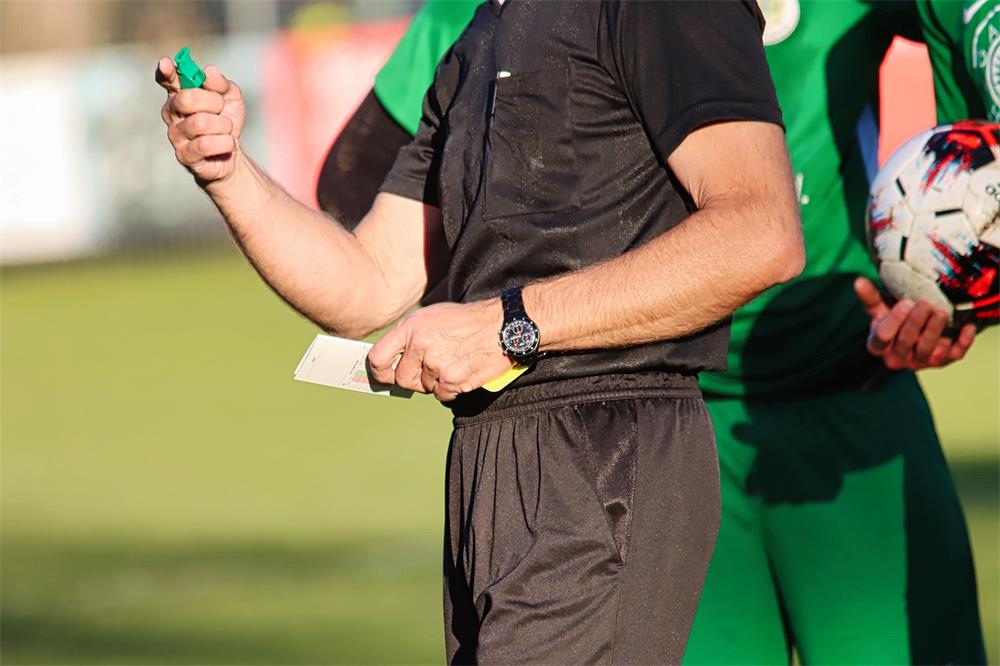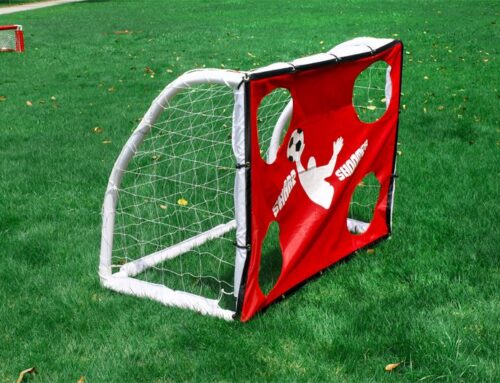
Football rules are established and modified by the International Football Association Board (IFAB) and must be followed in official matches. There are many aspects to a football match’s rules, including the playing field, the number of players, the equipment, as well as referees, methods of determining victory, offside, fouls, penalties, and much more. Nevertheless, understanding some basic rules is sufficient for the average football fan. Together, let’s examine this further.
The Basic Rules of Football
Duration of the match
It is the most fundamental rule that every football player must know. Each half of an official match lasts 45 minutes: the first half and the second half. There is a 15-minute halftime break. In addition, injuries can be added to each half. On-field injury time usually ranges from 1 to 2 minutes, and at most up to 5 or 6 minutes. Referees determine the duration of injury time. Injury time can be caused by addressing injured players, time-wasting tactics, or other unforeseen factors.
There is an extra time period of 30 minutes played in certain important knockout matches if both teams are tied at the end of regulation time, divided into two halves of 15 minutes.
Penalties for yellow and red cards
Players who receive a yellow card are warned and will be sent off if they commit another offense. Red cards result in immediate ejection from a match. Depending on the nature of the foul, these cards may be issued. Red cards are issued for malicious fouls or violent behavior. It is also possible to receive a red card when a player intentionally handballs, insults another player, or receives two yellow cards in the same match.
Yellow cards are given for fouls, repeated fouls, intentional time-wasting, and unauthorized entry or exit from the field.
The situation on the offside
An offside occurs when a player is closer to the opponent’s goal line than both the ball and the second-to-last defender at the moment the ball is played to them. Being level with the second-to-last defender is not considered offside. Offside occurs when a player engages in active play from an offside position, leads to an offside foul, interferes with an opponent, interferes with play, or gains an advantage. When the referee makes an offside decision, the opposing team is awarded an indirect free-kick from the position where the offside player stood.
Direct free kicks, penalty kicks, and corner kicks
When a direct free-kick foul is committed inside the penalty area, a penalty kick is awarded. Players from both teams except the kicker and goalkeeper must remain outside the penalty area during a penalty kick. When defenders enter the penalty area and score a goal, the goal counts. When attackers enter the penalty area and score a goal, the kick is retaken. A penalty kick is awarded when a foul occurs within the penalty area during a direct free kick.
Various fouls result in direct free kicks, which can be taken directly into the goal. Other types of fouls result in indirect free kicks, which require the ball to touch another player before a goal can be scored.
A corner kick is awarded when the ball crosses the goal line without being touched by a defender.
Football rules are established by who?
The rules of official football matches are established and modified by the International Football Association Board (IFAB).
All football pitches worldwide should be played and refereed the same way, whether it is the World Cup final or a village match. However, countries can decide on aspects such as match duration, team size, and punishments for misconduct based on their domestic needs.
Therefore, national associations can adjust the rules for their events without being required to implement the same rules everywhere. Any changes to the rules beyond those mentioned above must be approved by the International Football Association Board. National associations are invited by the IFAB to provide information about rule adjustments made at their events, including at what levels they are applied and why they are made. In order to assist in the development of football, the IFAB can extract content from this information and share it with other national associations.






Leave A Comment